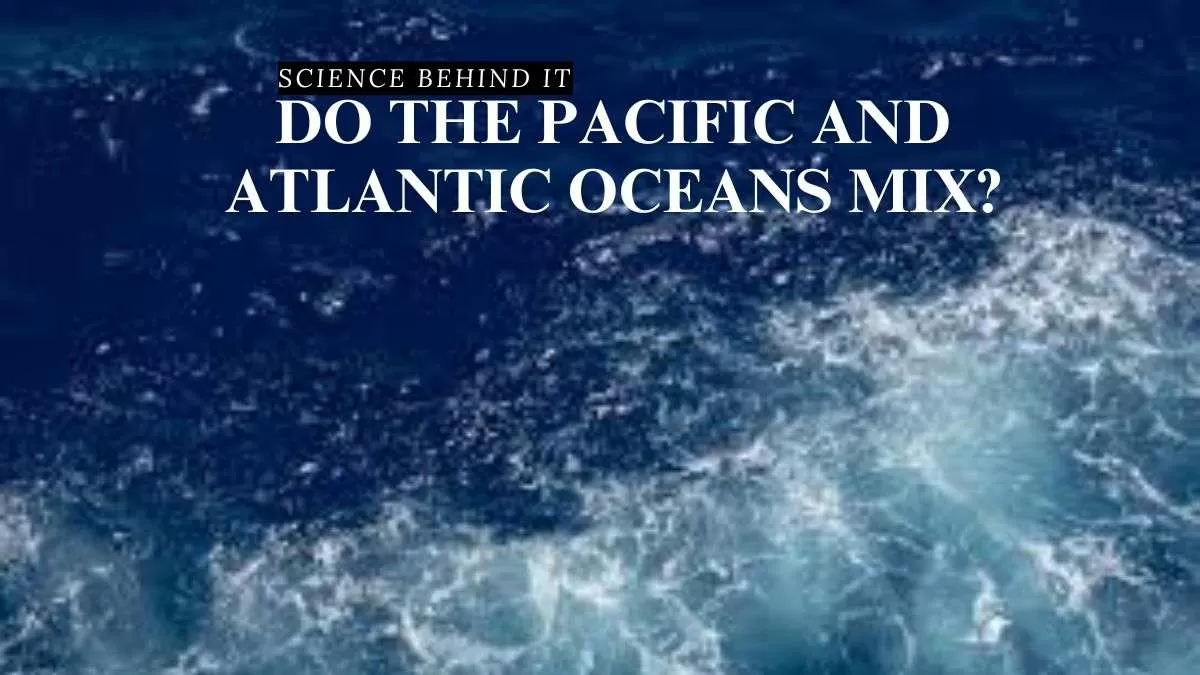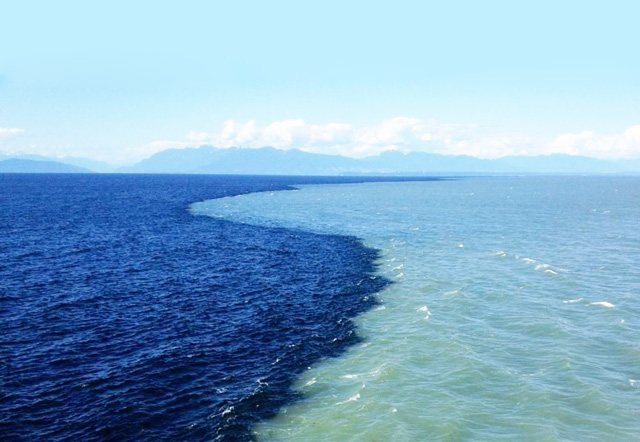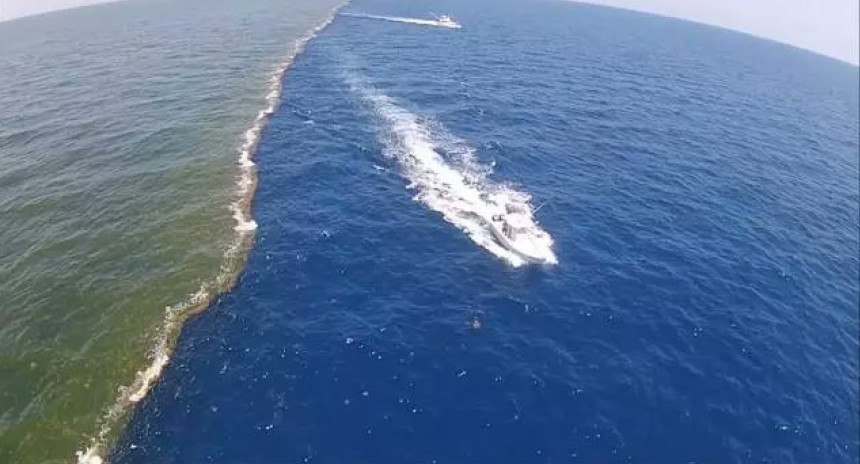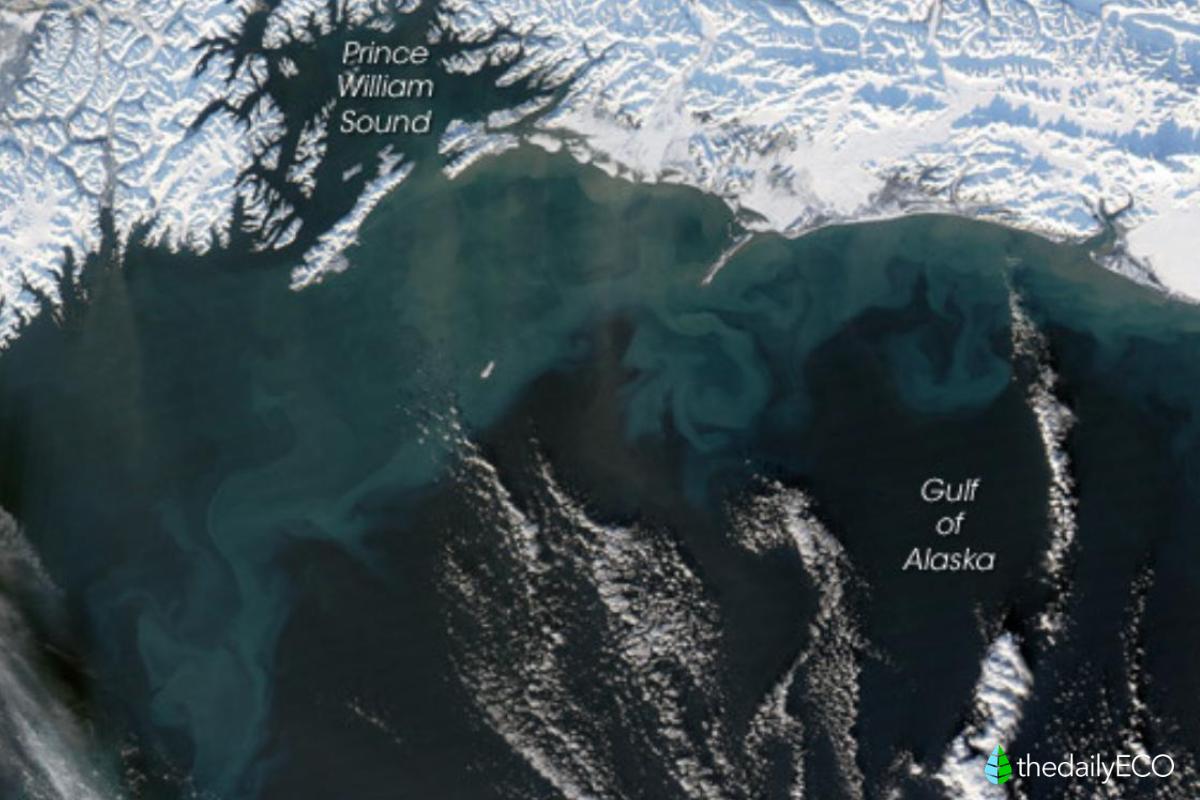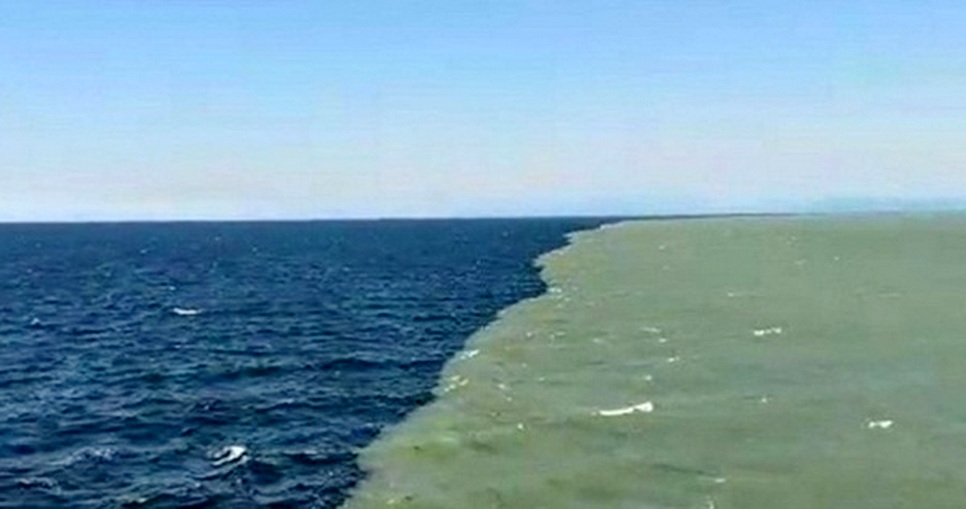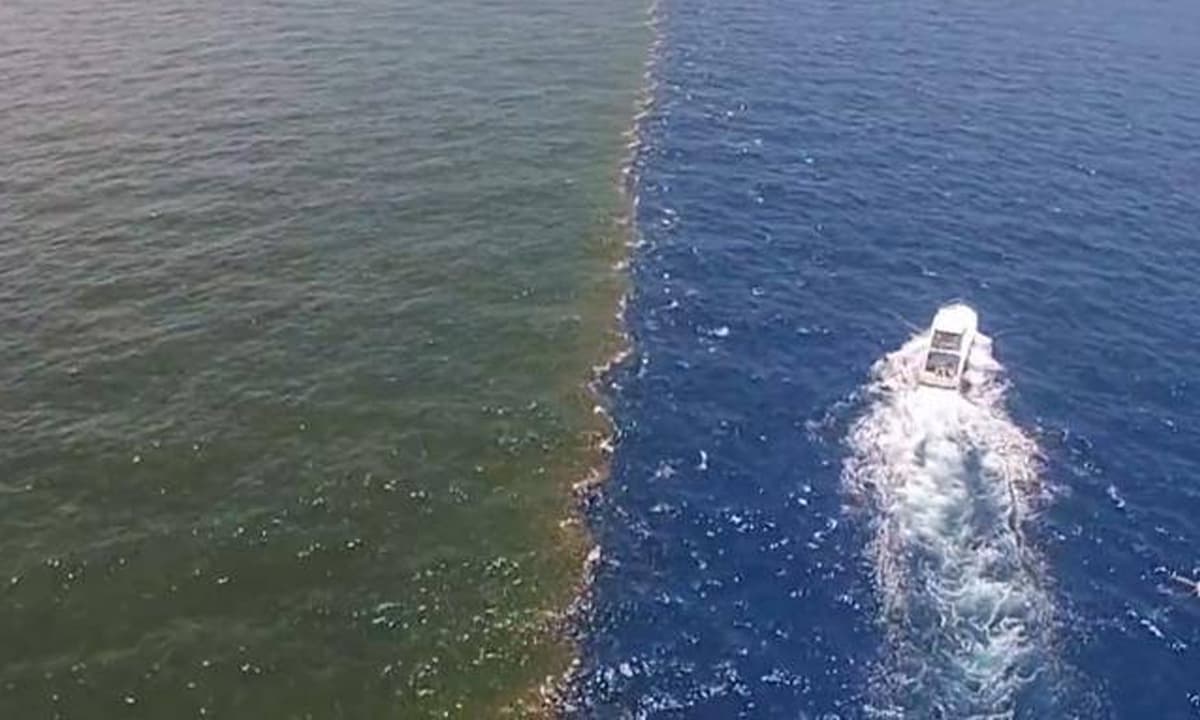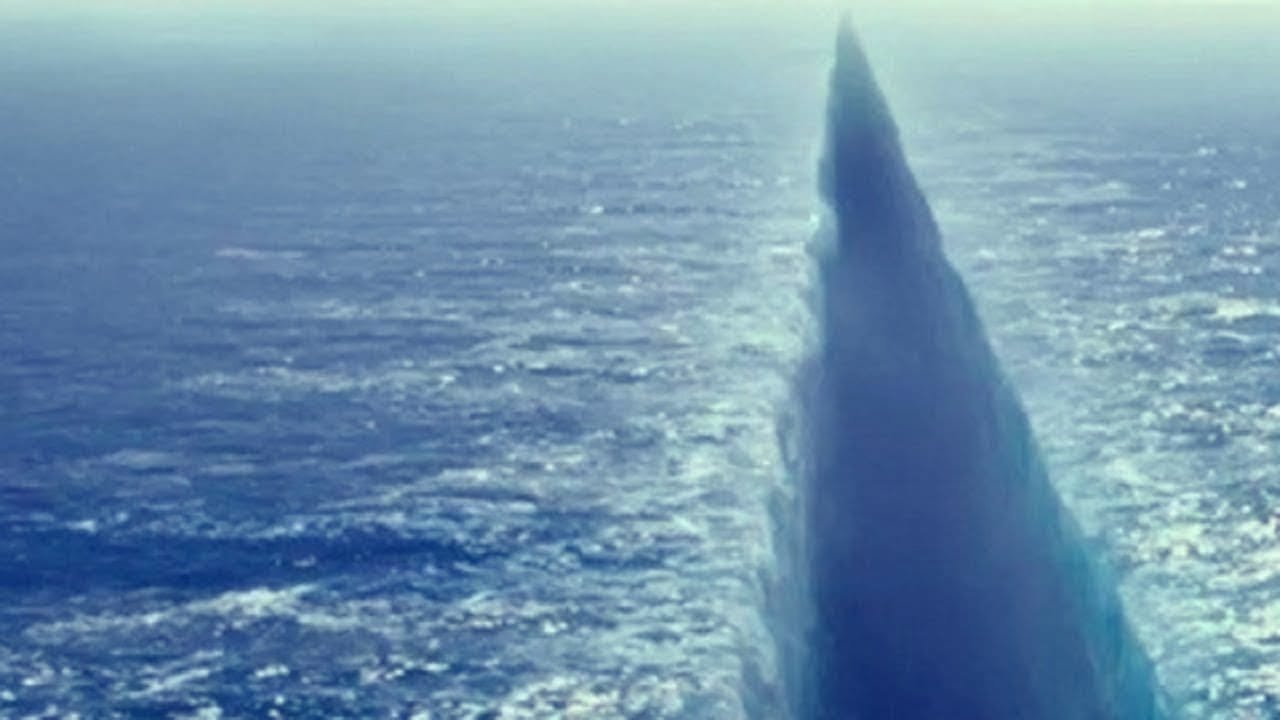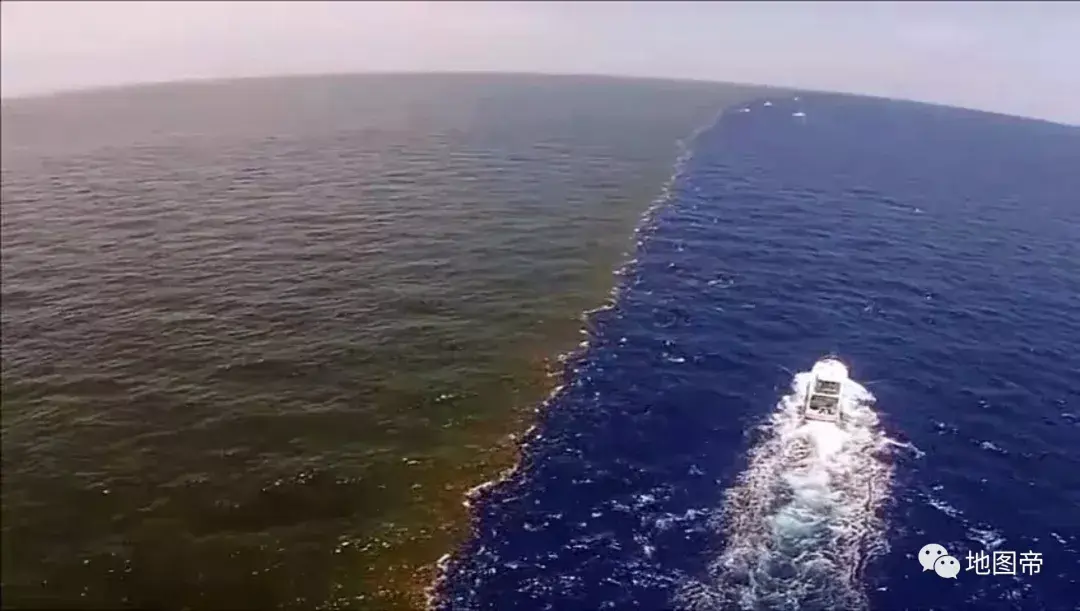Why Don T The Atlantic And Pacific Oceans Mix
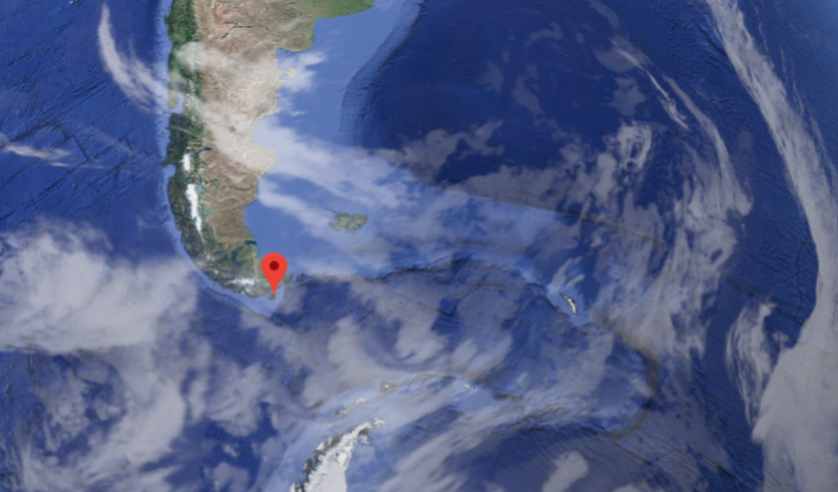
Ever stood at the beach, toes in the sand, watching the waves crash? Isn't the ocean just... one big, wet, salty playground? You might think so, but here's a splash of truth: the Atlantic and Pacific Oceans, those giant watery neighbors, don't actually mix like you'd expect!
Oceanic Oil and Water (Kind Of!)
Think of it like this: Have you ever tried mixing oil and water? They stubbornly refuse to blend, forming distinct layers. While the ocean situation isn't exactly the same (thank goodness, imagine the ocean tasting like salad dressing!), there are some key reasons why the Atlantic and Pacific prefer to keep to themselves.
Density Differences: The Salty Separators
One major factor is density. Density is basically how much stuff is packed into a certain amount of space. The Atlantic, in general, is saltier than the Pacific.
Think of it like making super sweet iced tea: more sugar, denser drink. This higher salinity makes the Atlantic denser, so it tends to sink a bit compared to the Pacific.
Temperature Tango: Hot and Cold Division
Temperature also plays a role. Cold water is denser than warm water. So, if the Atlantic is colder in certain areas, that colder water contributes to its overall higher density.
It's like a pool in summer: the surface gets toasty warm, but dive down, and brrr! The deeper, colder water is denser and stays put. Imagine two gigantic swimming pools, one super-chilled, the other a balmy bath – they wouldn't mix perfectly, would they?
Current Affairs: A Watery Wall
Ocean currents are like giant rivers flowing within the ocean. These currents, driven by wind, temperature, salinity, and the Earth's rotation, create barriers that resist complete mixing. Imagine the Antarctic Circumpolar Current swirling around Antarctica, acting as a sort of watery wall.
These currents guide the water around the globe but also help to stop water from mixing in certain areas.
The Panama Canal Exception (Sort Of!)
Okay, okay, I know what you're thinking: "But what about the Panama Canal?! Doesn't that connect the Atlantic and Pacific?" Yes, it does!
But here's the catch: The canal uses a system of locks – think of them as watery elevators – to raise and lower ships. This process limits the amount of water that can actually flow between the two oceans. So, while ships can pass, large-scale mixing is still prevented.
A Gradual Greeting: The Truth About Mixing
It's important to remember that the oceans do mix, just not instantly or completely. Think of it less like stirring a cup of coffee and more like slowly drizzling honey into tea.
There's a gradual transition, a slow dance of currents and densities. Over vast stretches of time and distance, waters from the Atlantic and Pacific do mingle, but the distinct properties that define each ocean remain.
So, next time you're at the beach, remember that the ocean is a complex, fascinating place. And that even though it seems like one big, homogeneous blob, there's a whole lot of secret separation happening beneath the waves!
Isn't the world wonderfully weird? Keep exploring!


